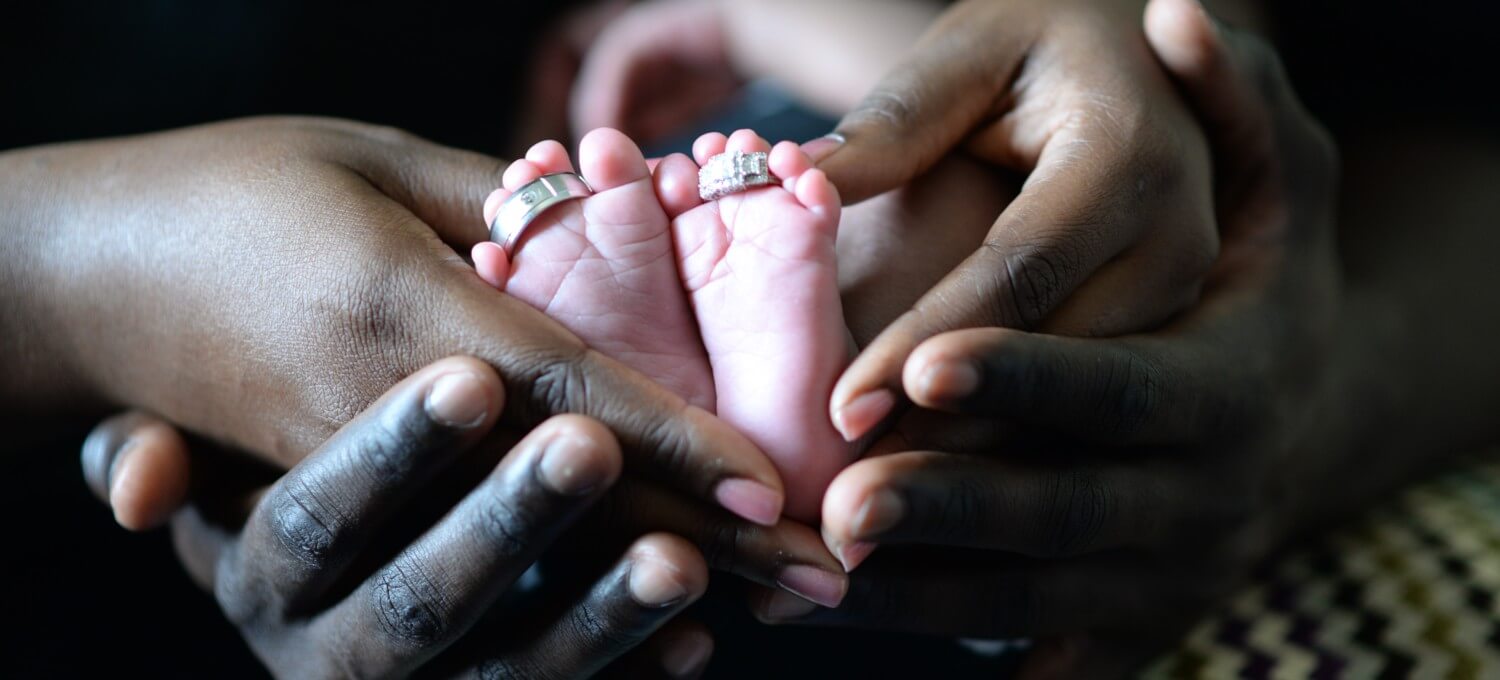We live under the illusion that tolerance, peace and love of humanity will prevail, if we simply sit back and take things easy, and do nothing. Our passivity is also based on the misconception that tolerance is the standard condition.
Tolerance is not a natural state, but must be established anew every day and everywhere. This task reminds me of the question by a lady from New York to a lord, whom we both met in the summer of 2009 at a dinner in The Queen’s College on High Street in Oxford. She wanted to know how the wonderful green lawn in the inner courtyard was maintained. “Quite simply, my lady,” replied his lordship, “you only have to cut it very short twice a week, roll it once and fertilize it once a month in the summer – and then please continue like this – for 500 years.”
We must practice tolerance on a daily basis in our small global village. Only this continuous and tedious process can foster the implementation of tolerance over many decades. If we join together now, we can work to obtain a new world ethos where love and harmony will flourish in all nations. If we do not nurse the sensible lawn of tolerance, it will become wild and overgrown with the weeds of hatred. In actual life, we must water and foster the delicate grass of tolerance daily, so that it stays green and grows. The focus of the ethic of tolerance should be thousands of mosaic-like local grassroots campaigns and positive best practices; these are the local catalysts of good coexistence.
We need a new worldwide movement, a tsunami of tolerance.
Existing attempts are not sufficient and are, in terms of effect, weak. We are only at the very beginning which means we all have much work to do.
Not the advocates of tolerance, but the few radical preachers of hatred and the extremists dominate our current world agenda. Since the masses and the elites around the globe do not take their full responsibility for promoting a world in har- mony, but remain in their passivity, we are stuck in a limbo where tolerance is still not a main objective.
The Codes of Tolerance emerged in recent years from numerous conversations around the world with religious leaders, politicians, scholars and citizens who are committed to establishing peaceful coexistence in our global village. Also, many brilliant attempts at tolerance are highly theoretical. Calls from the United Nations and politicians remain on paper only, unless they are implemented and practiced by the people who are responsible.
The demand for more tolerance must be transferred from the circles of scholars and the Sunday speeches of politicians and religious leaders into specific projects.
We need practicable driving belts of transformation that effectuate golden ideas into realities.
We need many traversable local bridges between the inter-religious speeches and calls of the politicians on one side, and the local people on the other side.
We need shining examples of tolerance in religious communities, schools, politics, science, culture, sports and the media; with models of rec- onciliation and more champions of tolerance from all parts of the world and all religions.
Only in this way can we break open the armor of distrust and hatred, which will enable us to create a lasting peace in the conflict regions of the world.
The Codes of Tolerance provide suggestions for understanding and actively promoting tolerance and respect toward other religions, ethnic minorities and races. The Codes focus on these three groups, because the need for rules of tolerance and respect for a global order of harmony appear to be greatest there.
The Codes of Tolerance are formulated universally and apply to all people; to a Christian in New York or Rome just as to a Muslim in Mecca or Kabul, or to a Hindu in Mumbai. These rules address the responsible elites in all countries of the world. They are a call to the bourgeois majority, mostly mate- rialistic, to become active and show moral courage.
Codes will be presented for important groups who have great influence on the development of tolerance and respect. These groups consist of parents, educators and schools, religious and political leaders, journalists and the media. Finally, laudable initiatives from the areas of sports and culture will be mentioned.
The 60 Codes of Tolerance will be enriched with 80 best practices. They show the reader how people all around the world have effectively put these demands into practice. This gives reason for hope and shows that tolerance is feasible.
At the same time, the Codes provide traversable bridges from abstract theory to practical application. By initiating a chain reaction, we can accomplish the growth of more tolerance while simultaneously curbing evil.
The Codes of Tolerance should not be viewed as a complete ethical codex. They are first specific proposals and suggestions to become active according to the best practices. They should be supplemented and further developed all over the world. Every reader can join my Global Tolerance Initiative.
Codes of Tolerance for All of Us
Codes of Tolerance for Parents
Codes of Tolerance for Educators and Schools
Codes of Tolerance for Religious Leaders
Codes of Tolerance for Journalists and the Media
Codes of Tolerance for Political Decision-Makers
Support us with your ideas, best practices and suggestions and write us at info@loveistolerance.com
